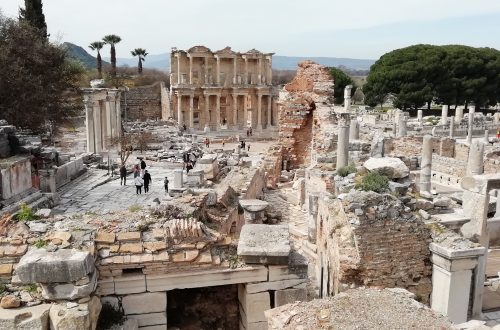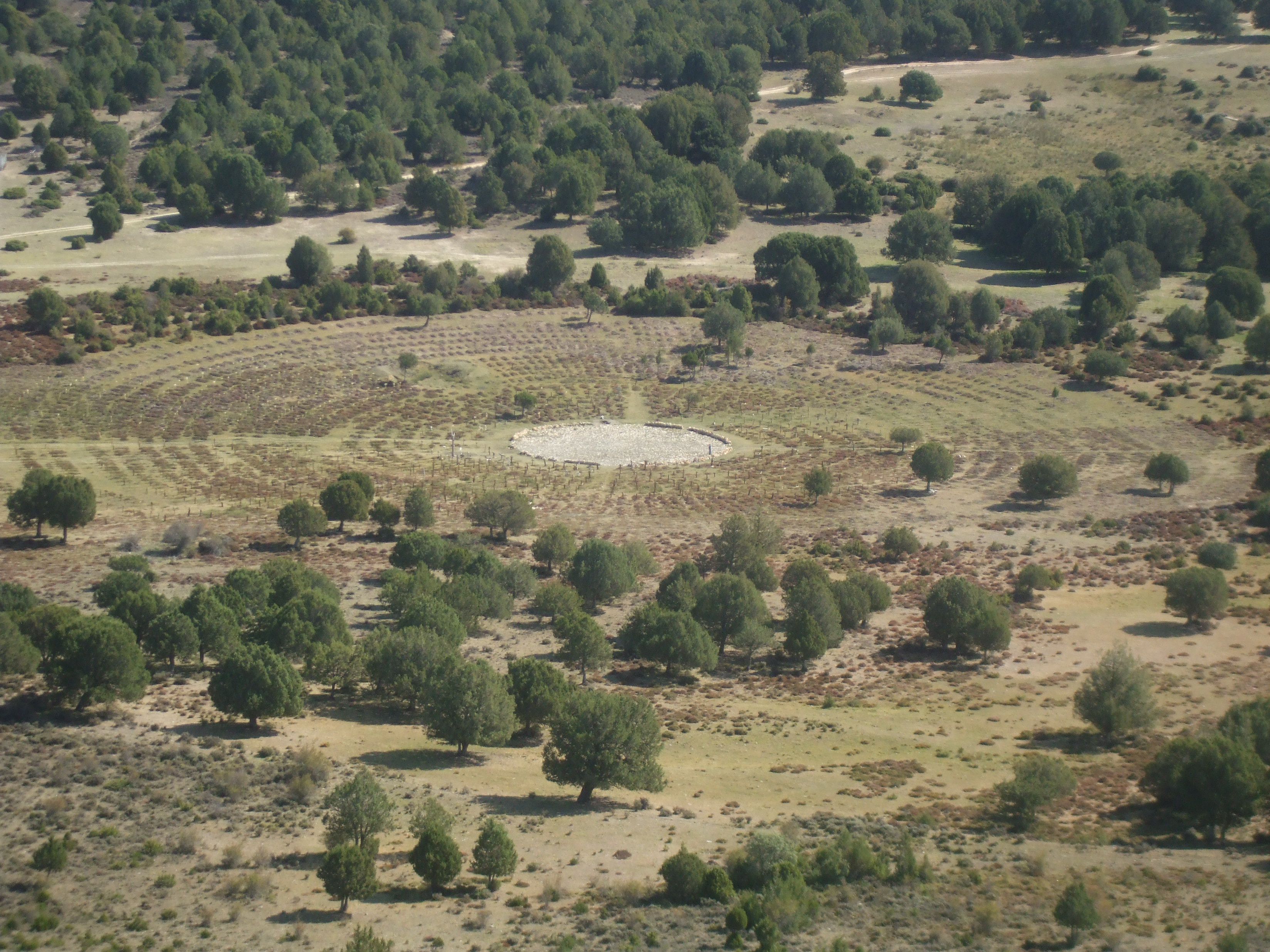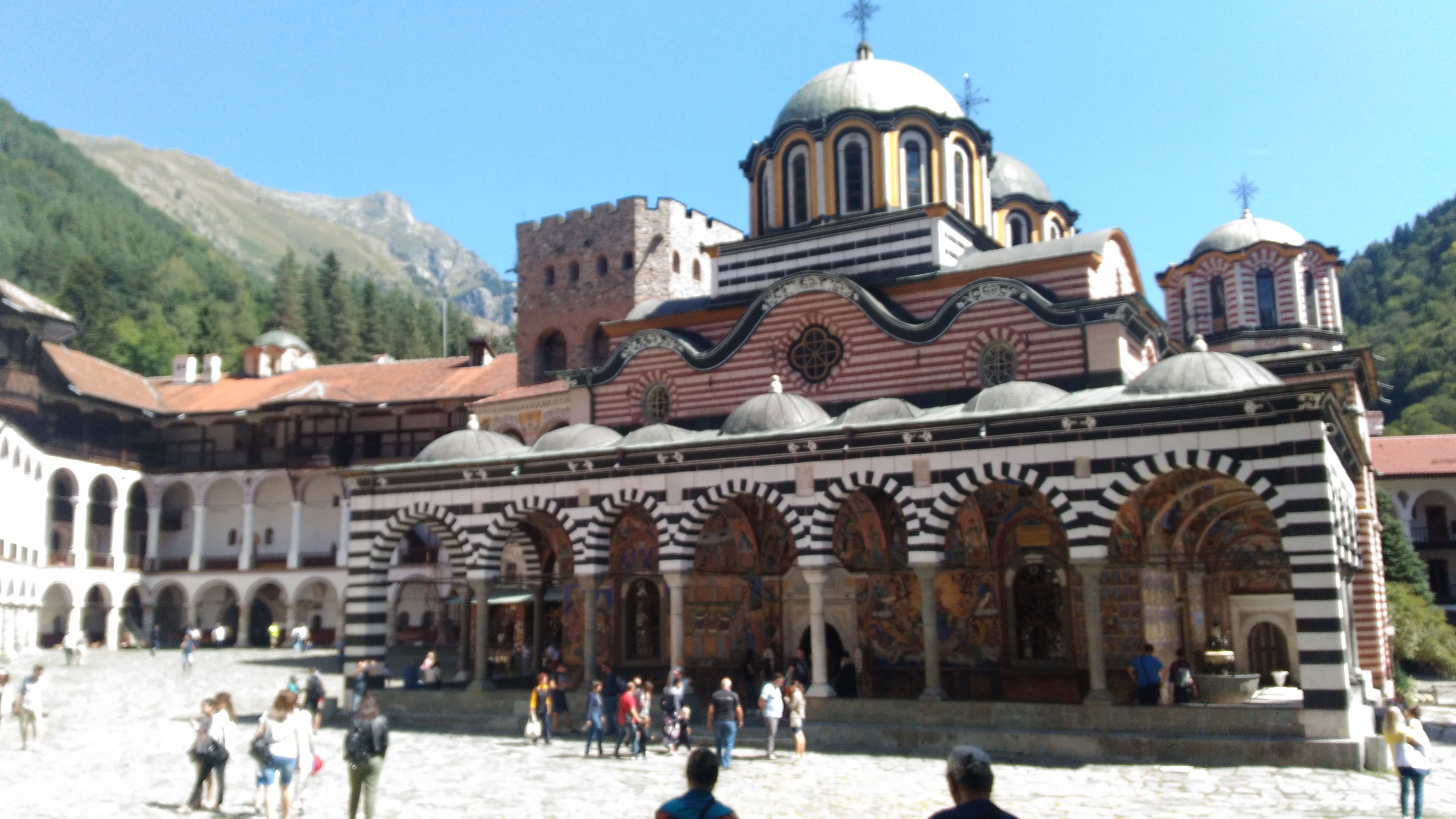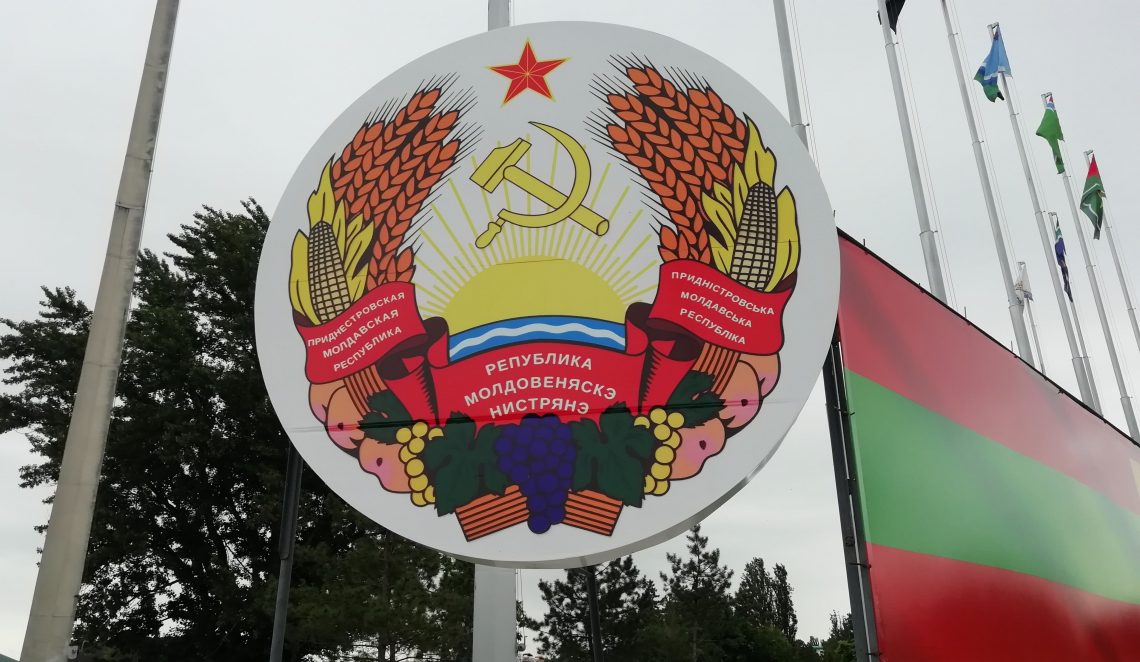
Things to do in Transnistria – How to travel to Tiraspol and Bender
Son güncelleme tarihi: 16 Şubat 2025
If you’re reading this article, you must have heard the name of “Transnistria” for at least once, or maybe couple of times. And if you really intend to go there, I think you can learn a thing or two from this article.
You must have heard of the war between Azerbaijan and Armenia for Artsakh at the end of 2020. Although this region has been recognized as part of Azerbaijan by the most of the world, it had been inhabited and governed by ethnic Armenians for almost 30 years under the name of Republic of Armenia. After the brief showdown, Azerbaijan reclaimed most of the territory, although Artsakh still holds the authority within a small area around Stepanakert. Donbass in Eastern Ukraine is a candidate to become another one of such, after the latest war between Russia and Ukraine.
Just like Artskakh, Transnistria is a region that is a leftover of former USSR. When the country is disbanded, several ethnic groups fought for independence, although none of them completely achieved this goal, only some of them gained some success thanks to the involvement of Russian Federation. Transnistria is one of them. Majority of the population in this region is ethnic Russian (there are Moldovan and Ukrainian people, too) and Russians fought to seek independence from Moldova at the beginning of 90s. Eventually the Russians kept the territory for themselves and a autonomous state has been established here. And this incident marked the beginning of a notion called “Transnistria conflict”.
This land has neither been recognized by UN, nor by any other member country, but they have lasted until now. Just like the other “frozen conflict zones” within the former Soviet Union land, Transnistria tried to keep themselves as they were, that’s why they offer something different than Chisinau or any other city of Moldova.
Above all, Transnistria inherits the Soviet order officially. Besides carrying the sickle&hammer figure in their flag, most of the buildings have been kept untouched since the fall of USSR. The official language is Russian, you can see many Soviet symbols all around along with Lenin statues, in fact the country is governed not too much different than Soviet days. You can also see that the streets are named after the major figures of Communism and keep in mind that most of their citizens are dual-citizens (mostly with Moldova, Russia and Ukraine). You cannot see all these often, maybe in other frozen conflict zones such as Artsakh, Abhazia and South Ossetia. It’s no surprise that Transnistria passport is valid only in these three countries.
Don’t get me wrong, obviously the people don’t live like good ol’ Soviet days. They are exposed to all the developments, all the technology that the contemporary Capitalist world has to offer. However, there are still so many things unchanged, that’s why Transnistria is very appealing for tourists from other countries, who are used to seeing similar things in popular tourist destinations.
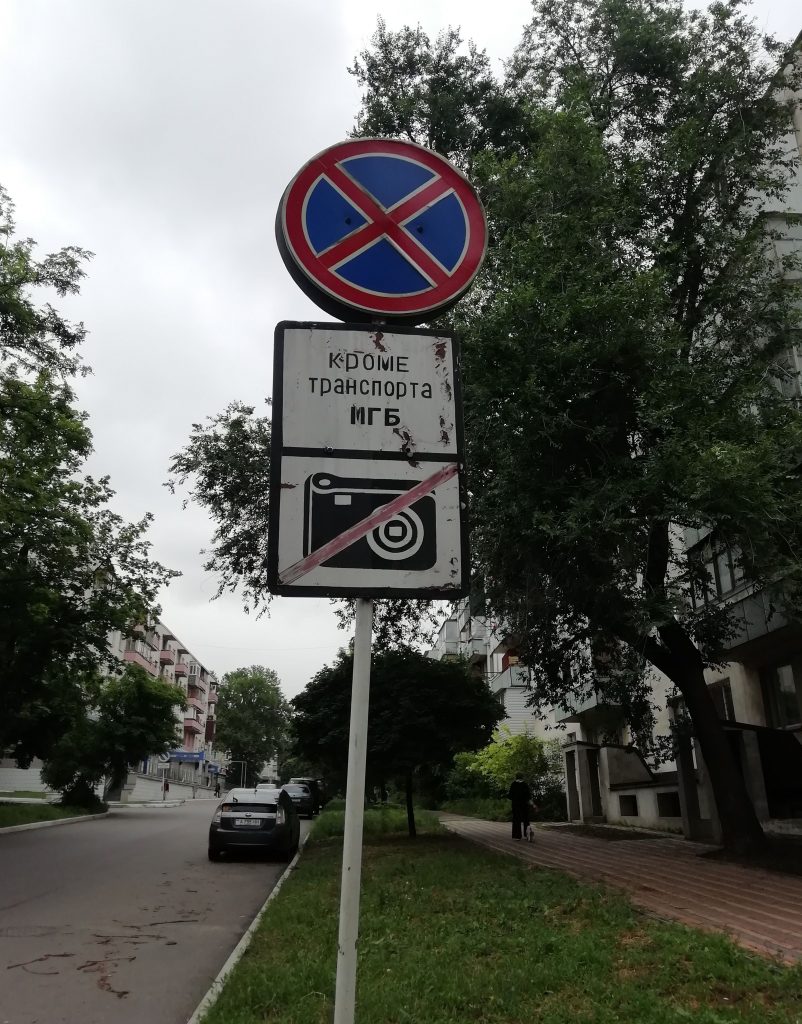
Local people call here as Pridnestrovie (Transnistria in Russian, I suggest you to mention here as Pridnestrovie instead of Transnistria) and this land is as unique as any other place in the world can possibly be. But this uniqueness also means that you have to think carefully about many things before coming here. I will try to explain some of these in this article to prepare you the best way possible for potential extreme situations.
How to go to Transnistria?
You can reach this little country around Dniester River only through Moldova and Ukraine which encircle here tightly, and only via land routes. That’s because this country has no international airport or a seaport. You don’t have to acquire another visa to enter this territory, obviously if you have access to Moldova or Ukraine. For some countries, which have access to those two neighboring countries via ID card. So one can consider that entering Transnistria via ID is also possible. However, it’s the best to carry an actual passport to just make sure that you won’t face any unpleasant surprises at the border. I’m saying this, because when you enter the country, you’re given a piece of official paper to prove your entrance and you’ll see your passport number printed on this paper. I have no idea what would happen if you try to enter with your mere ID card.
Another note belongs to pandemic days, I was not asked any kind of certificate or a proof about vaccination or COVID test upon entry.
Getting from Chisinau to Tiraspol
If you’re coming from Chisinau, Moldova, things are pretty straightforward. There are regular daily buses (or marshrutkas) which originate from Gara Centrală, just adjacent to the Piaţa-Centrală, the central market place of the city. You might get confused a little bit once you get there, because the buses that depart for all around Moldova are also present. Just go the part around Strada Tighina, if you still cannot, ask people about Tiraspol buses, and you will soon see the small buses with signs written in both Latin and Cyrillic Chisinau-Tiraspol (Кишинёв-Тираспол). The driver would lead you the ticket office, where you can buy a one-way ticket to Tiraspol (June 2021).
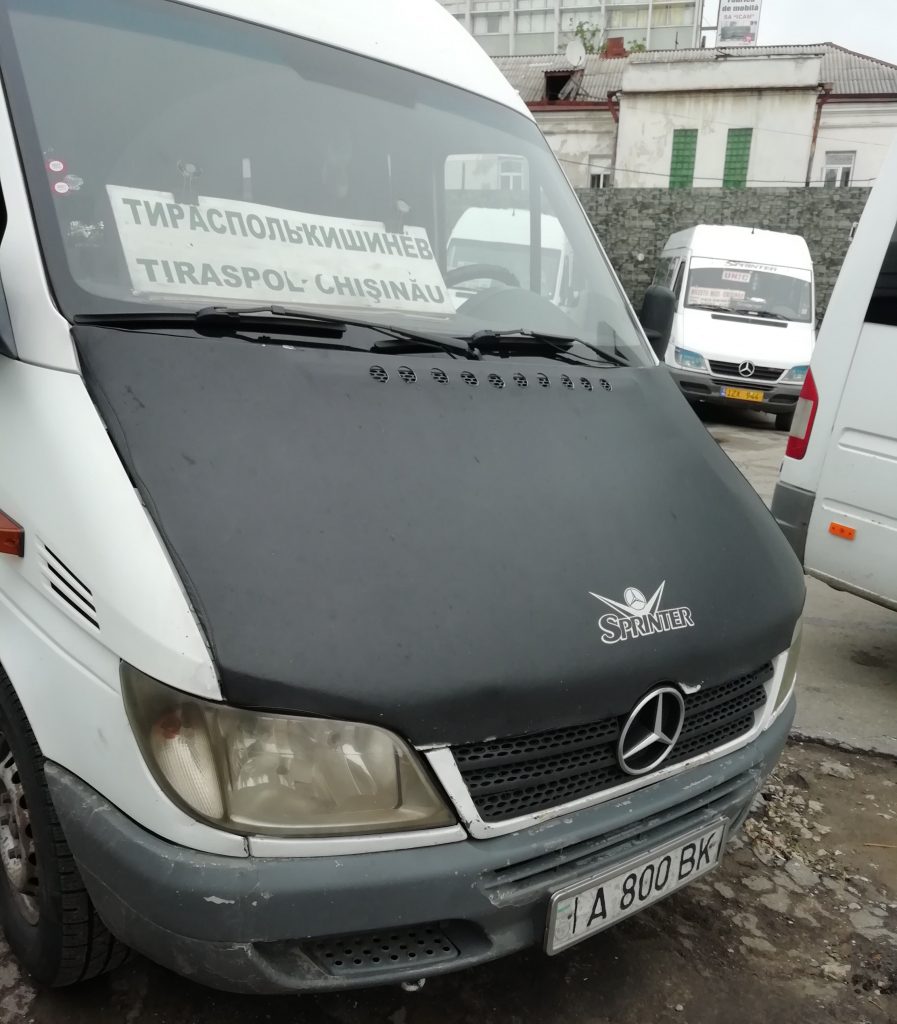
It’s a little unusual for a former Soviet country to have an actual timetable of the buses, but that’s the fact. In fact, all the buses have a predefined schedule individually, sometimes it’s written on the route sign in front of the bus. During the day, once in roughly half an hour, a bus leaves for Tiraspol. There are no seat numbers assigned to you, though, so it’s wise to find a comfortable seat and wait before the bus gets full. Also, keep in mind that during the journey, several people get off at certain points and some others get on. When it’s the time, the driver waits a little bit more to make sure that the bus is full but not too much.
The roads in Moldova are generally bad, with so many bumps, cracks and holes. This vibrant journey takes around 1,5 to 2 hours including the passport check, although the actual distance is only about 70-80 kms. You’ll probably be the only tourist in the bus, and the conversations that you overhear will be mostly in Russian. But other than the facts that most of the passengers do not wear facemasks at the height of the pandemic and the own discomfort of the bus itself, there isn’t anything to be concerned about. The passengers who noticed that I’m not a local were mostly friendly to me.
As I said above, Transnistria is still recognized as part of Republic of Moldova, naturally there isn’t a border crossing point on Moldova side, just like you’re going to any other part of the country. But I saw a Moldovan soldier couple of hundred meters from Transnistrian border standing in the middle of the road, he simply took a peek inside the bus and let us continue. So, there isn’t an official departure procedure from the country. This happens roughly 1 hour after you left Gara Centrală.
However, once you get the border of Transnistria right before Bender, you have to go through the passport check process just like you do for any other border crossing. Here is how it goes: After you pass through the Moldovan soldier, the driver asks something in Russian (I was able to grasp the word Registratsia), he probably asks whether there is anyone in the bus who needs to go through the official registration, because like half of the passengers answered him with Das and prepared to leave the bus. I left the bus along with them, and you should do this, too. Because otherwise, you’d be entering this land illegally and you’d have trouble while leaving.
At the tiny border post (without any duty free zones or other facilities), the soldier in charge of passport check will ask you with his thickly accented English how long you will stay in the country. According to your answer, you will receive a daily or multiple-day permit. The soldier also asked me which cities I intend to visit, (I replied him Tiraspol and Bender) and whether my travel purpose is touristic (it obviously was). After this brief interrogration, he gave my passport back with a small piece of paper. On the paper, my name, purpose of visit and deadline to leave the country was printed, again both in Latin and Cyrillic. Since I stated that I plan to go back to Chisinau in the evening, my visit was limited to 12 hours (from 10AM to 10PM). After everybody is through, we got on the bus again and finished this journey stopping first at Bender and then Tiraspol. The entire border check process took about 15 minutes.
IMPORTANT: Never lose the small piece of paper that you’re given on arrival. You’ll need it once you leave, because it’ll be collected by the soldier at the border. And please never forget to take a photo of that paper while you have it, because that will be the only official document of your visit to this country that does not particularly exist.
Getting there from Ukraine
If you’re coming from Odessa-Ukraine side, keep in mind that you will enter without officially entering a piece of land controlled by Moldova. But I have read that, because of a somewhat strange operation, you can have your passport stamped with a Moldovan entry stamp. If you plan to return to Ukraine directly, then you don’t have to bother with that, but if you’ll continue to Chisinau, it’s better to have a Moldova stamp on your passport. So just be aware of this strange situation and try to do the best for your upcoming plans.
A brief history of Transnistria
The land that is currently controlled by Transnistria was one owned by Ottoman Empire, where they had a considerable progress through Russian Empire. Especially Bender was owned by Ottomans for several centuries and the Bender Castle, which I will mention again, was built by Ottomans and named by them, too. The city of Bender served as a border headquarter. It was situated within Moldavia and along with Wallachia, it was the border of Ottoman Empire against Russian land. It was officially kept by Ottomans all the way until the beginning of 19th century, although they lost many other regions against Russians during this process.
After the Russian commander Alexander Suvorov conquered this area, a real city has started to be built in Tiraspol (As I said, Bender was already an inhabited city. In this region, Romanians, Ukrainians, Russians and other ethnic groups were living together, however, after 1812, there have been migrations from other regions of Russian Empire.
After World War I, the competition for this region continued against Russians and Romanians. With the end of the war, the region was part of Ukrainian Soviet Socialist Republic, as Moldovan Autonomous SSR. It was claimed by Romanians at the beginning of WW2, but because of Molotov-Ribbentrop Pact and the retreat of Germans, Red Army entered Tiraspol, along with the rest of territory and it again became a part of USSR, but this time as part of Moldovan SSR.

When the dissolution of USSR began in 1980s, the parliament in Chisinau voted in favor of independence. But the Russian majority around Dniester declared their own independence, because of fear of assimilation of Moldovan-Romanian people. A war started at the beginning of 90s, which lasted about 2 years. Moldova, supported by Romania and militia with the backing of Ukrania-Russia fought against each other and the war ended with a ceasfire, with Transnistria keeping their territory and the border remain uncahnged since. Pridnestrovian Moldavian Republic (PMR) with the capital city of Tiraspol, cemented their presence in a de facto way and they control the area around Dniester for like 30 years. The flag of the de facto republic almost identical to Moldovan SSR.
Transnistria and money
Transnistria is not just a completely unrecognized country, but it’s also using a currency which has no validity or acceptance elsewhere, which is Transnistrian Rouble (PRB). When I visited there 1 Moldovan Lei, was roughly equal to 0,90 PRB, or simply 90 kopeks, the denomination of rouble.
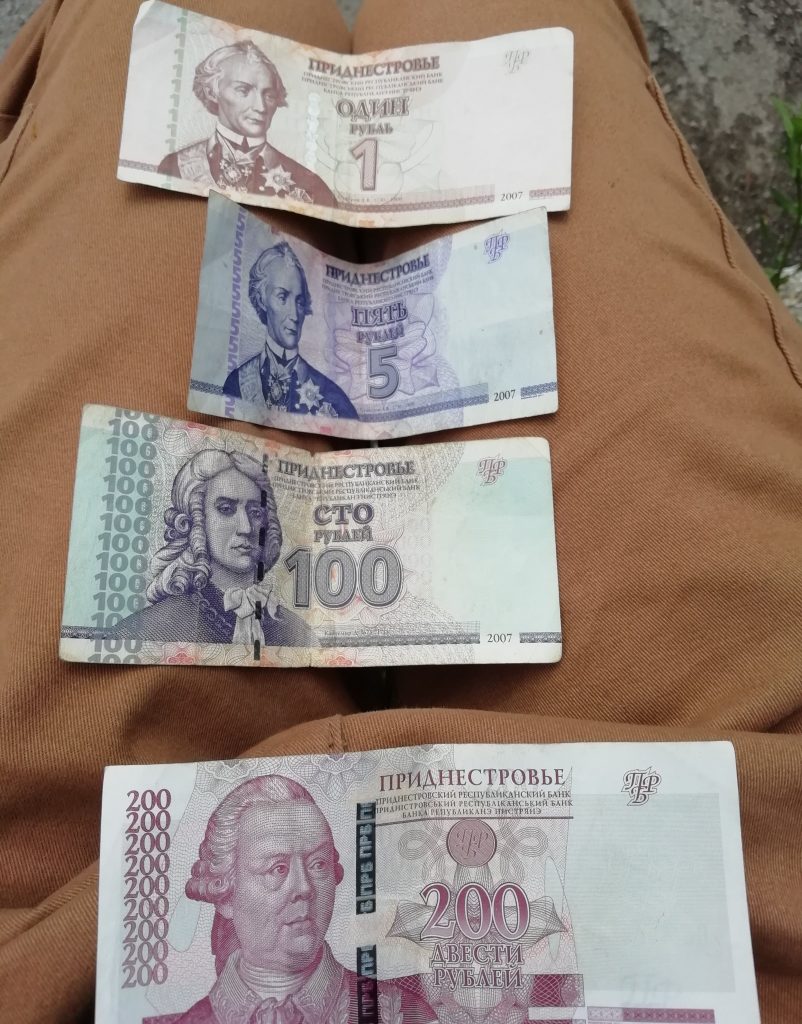
You have to carry enough cash since you are unable to use your credit cards within the country. For this purpose, you need change your money at an exchange office in Tiraspol or Bender. Fortunately the exchange offices work even on Sundays, so that wouldn’t be a problem for visitors. There is an exchange office at main bus-train station, but there are others, too, scattered around the central locations of Tiraspol. Apart from Moldovan Lei, they accept US Dollar, Euro, Russian Rouble and Ukrainian Khrivna.
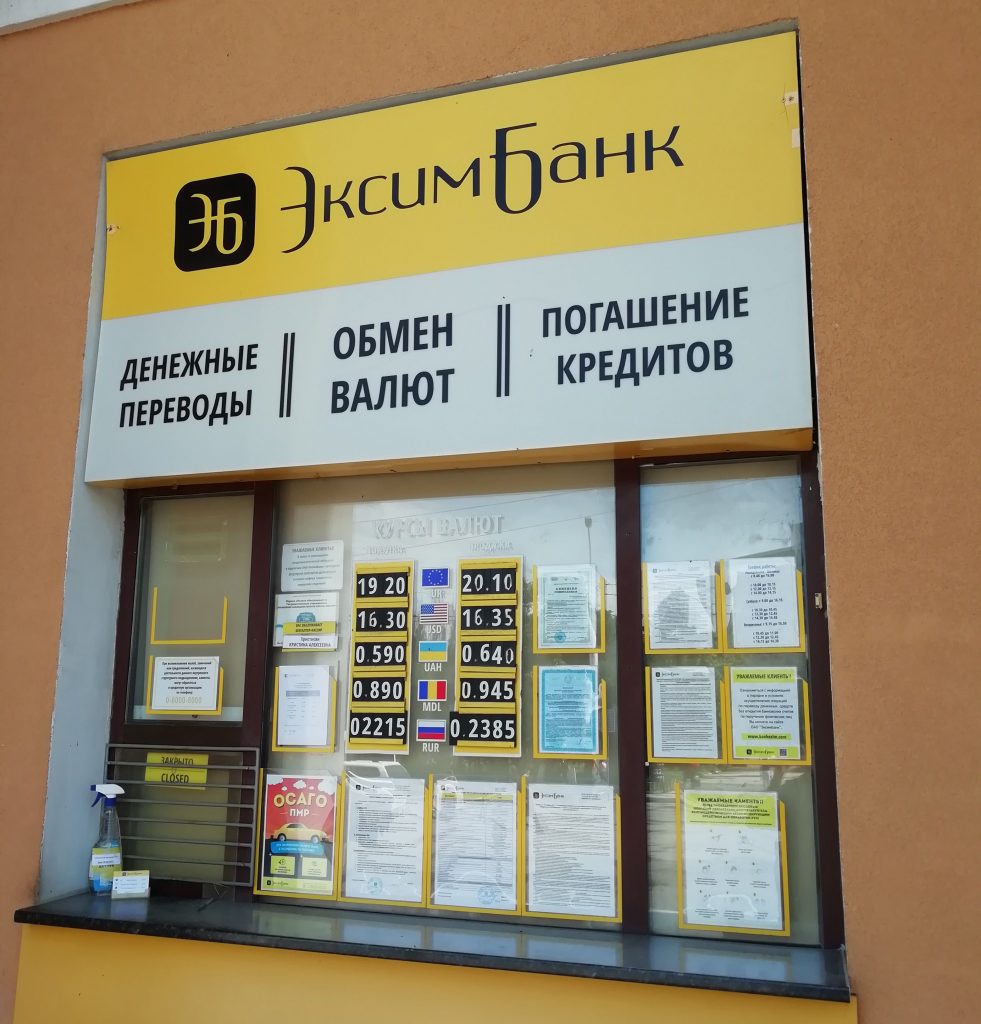
Places to visit in Transnistria
Tiraspol
Tiraspol should be your main destination in Transnistria, since it’s the capital and the biggest city. There are not too many museums, but you should try to spend more time outside, just wandering around the streets, observing the people, seeing the monuments, trying to understand how they live. I guarantee that you’ll learn more than just seeing heavily biased museums (sure visit them if you can).
Main streets and monuments
As I mentioned above, the main avenues of Transnistria are named after the major figures of Communism and the important dates in the history of the country. While you walk through the streets (or ulitsa in Russian) of Lenin, Gagarin, Lermontov or Rosa Luxemburg, you may see signs which warns you against taking photos. I don’t want to be the one who advises it, but I was able to take photos without any trouble, I was just a little bit cautious while I was passing through the parliament building and the famous Lenin Statue right in front of it, so I chose to stay from some distance. And I obviously tried to avoid the places where soldiers were present.
A little bit out of topic, but still I would like to give some information about this Lenin Statue, because it’s one of the few -and not defunct- remaining Lenin statues in the world. It was inaugurated relatively recently (1987) and the design is based on the Lenin statue which was located at former Leninplatz in East Berlin, when there was an East Germany. They were both designed by the same sculptor, anyway (Nikolai Tomsky). The statue is quite iconic, but I hesitated to get too close to it, although apparently it’s safe as far as I have seen and read.
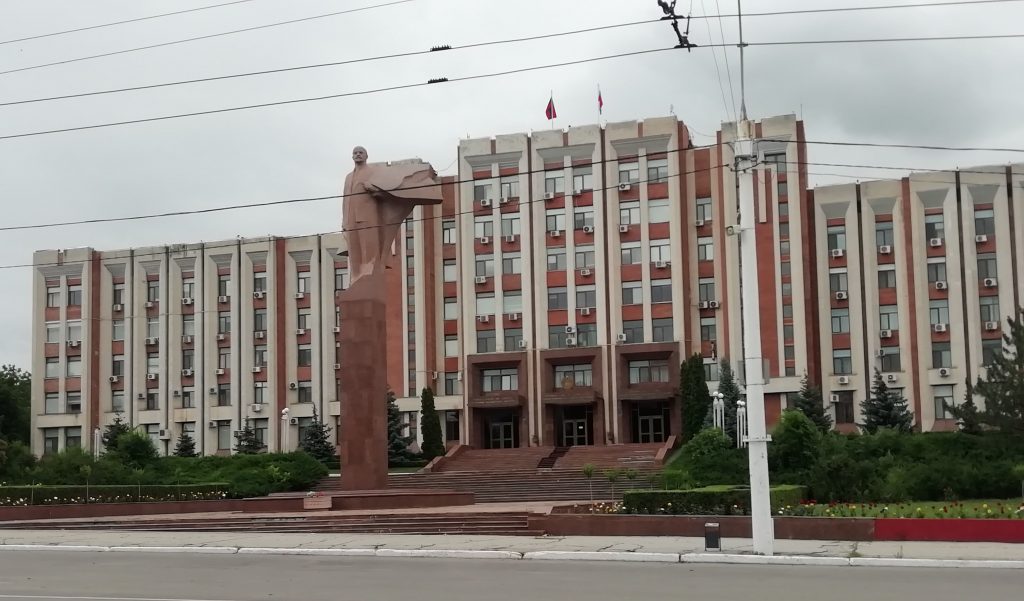
I think the most important avenue of Tiraspol is October 25 (named after the October Revolution). I say so, because, other than the parliament, the main square of the city, Suvorov, The Tank Monument, Alley of Victory with the graves of the martyrs, many museums, movie theaters and theater halls are all situated around this boulevard. Most of the public transportation vehicles pass though this street, as well.
Suvorov Square
If you ask the most important figure of Transnistrian history, I think it should be Alexander Suvorov. This general has terminated the Ottoman presence around the Red Sea, Crimea and Bessarabia (the historical name of the land where today’s Moldova is located), also contributed the Russification of the region. He is so important that you can see his portrait on Transnistrian rouble. And obviously the main square of Tiraspol is named after him. You can see a huge statue of Suvorov riding a horse here, as well as the flags of Russian Federation, and the regions of Transnistria. Along with these, the flags of Artsakh, South Ossetia and Abkhazia (the only countries that recognize Transnistrian independence) can be seen. I have to say that this combination of flags is a really rare sight to see. In addition to all these, parliament building, an amusement park and another park called Ekaterinsky are all at the vicinity of this square.
I think the most iconic place of the country is the huge Transnistrian coat of arms, and it’s right below the flags of Transnistria and RF. You should definitely take a selfie with this figure with famous sickle and hammer.
Right across the Suvorov Square, there is De Wollant Park, which named after the engineer of Belgian descent. There are several statues of busts of people who are considered significant in Transnistrian history, including the Russian Tsarina Catherine II. This park also houses the I Love Tiraspol monument, which is obviously built for tourists who wants to take a selfie.

If you climb just a little bit from the De Wollant Park, you will see the Tank Monument. This tank has been placed here after it served in Word War II in Hungary. Besides giving the feeling of uneasiness to the enemy, it also commemorates the people who died during the Transnistrian Independence War. The complex adjacent to the park, Memorial of Glory would seem quite familiar to those who had already visited former Soviet countries. There is an eternal flame to remember Unknown Soldiers and the graves of martyrs who died during WW2, War in Afghanistan, along with the independence war. There are Soviet symbols all around. Among the others, this memorial complex resembles to Baku’s Martyrs’ Lane, since there is an eternal flame as well, along with the graves of people who died during the Black January in 1990 and also Nagorno-Karabagh war.
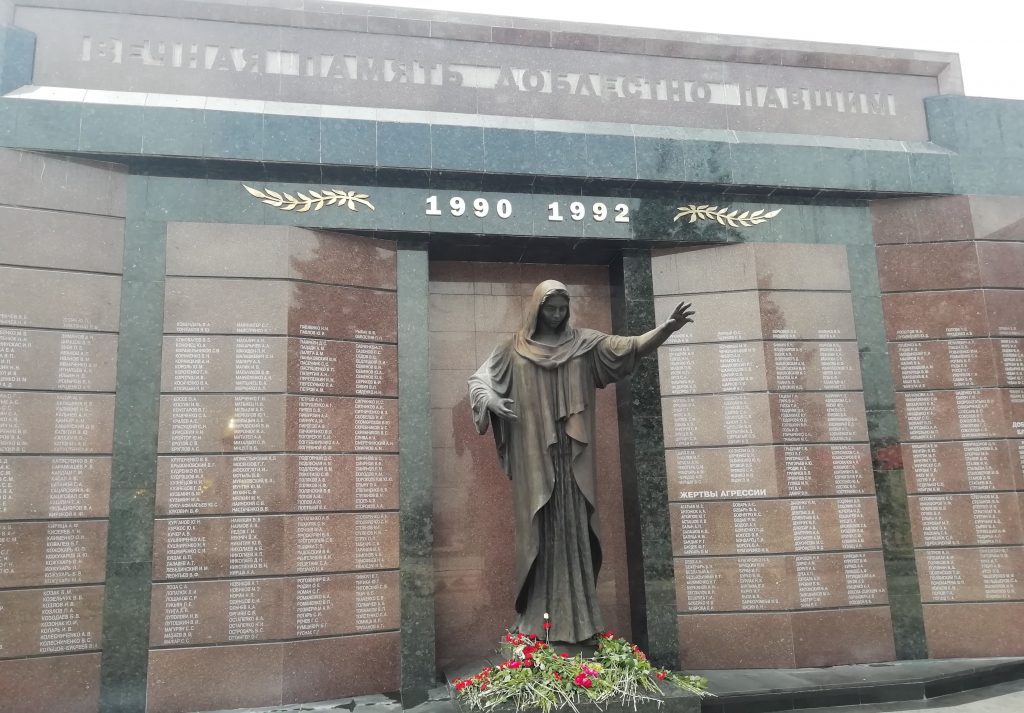
There is also a Karl Liebknecht Avenue (The German founded German Communist Party along with Rosa Luxemburg), which is one of the largest boulevards of the city. The places to visit or hang out are mainly surrounding this avenue, along with October 25 Avenue and Lenin Avenue.
Park Pobeda (Victory Park)
The concept of “victory” mostly corresponds to the Soviet victory in WW2 in former Eastern Bloc and Soviet countries. The parks are named mostly after Pobeda, just like the one in Moscow, and they commemorate the victory in Great Patriotic War, and they are mostly located a little bit outskirts of respective cities and they are still visited by the citizens of these cities. The Victory Park in Tiraspol is opened for this purpose and it still kind of has the atmosphere of those days. There is an amusement park here, and most of the attractions have not been renovated since Soviet days. While I was visiting there, nobody took the ferris wheel or the carousel, maybe because they were too afraid to do it, nevertheless, visiting this park would give you an idea about what Transnistria is (or was).
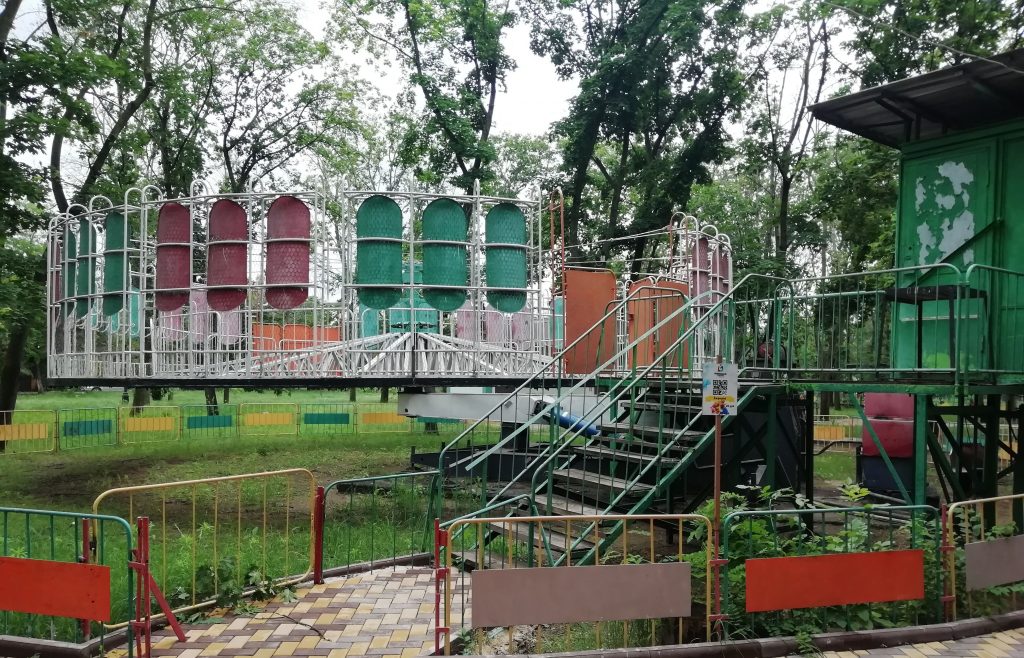
Municipal Stadion (Stadionul Municipal)
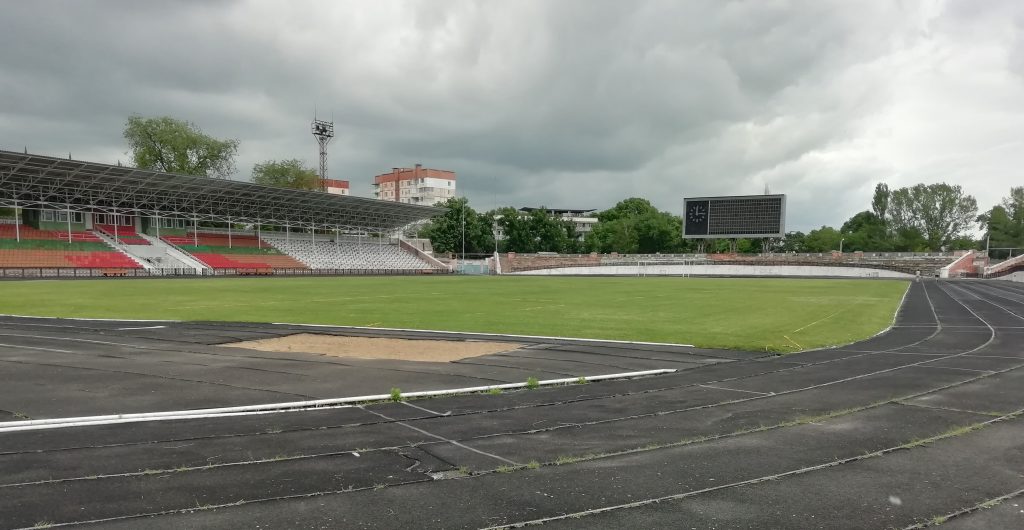
If you are following European football a little, you must have heard of Sheriff Tiraspol. They have been dominating the Moldovan league for the last 25 years and they have been playing at the Sheriff Stadium since 2002 (including Champions League matches), which is located on the road to Bender. The Municipal Stadium (formerly Yevgeny Shinkarenko Stadium, next to the Pobeda Park) looks a little deserted now, however it’s still been visited by locals to run recreationally and spend some time. The wood stands are almost rotten and smashed, however it’s still open for visitors since 1940s. When I wanted to enter inside, the official keeper of the stadium asked me couple of questions (whether where I’m from etc.) and let me in. The stadium is located within the ‘Olympic Complex’, so I was able to complete a lap inside and took several photos. I saw some elder people playing basketball outside the stadium (they might easily be the eldest group of playing basketball). This place is one of the fewer spots where you can rewind the clock all the way back to the USSR days. If you’re interested in visiting stadiums, I definitely recommend you to see there.
Tiraspol History Museum
This museum intends to tell the Transnistrian history the best way as it can. It’s located right across the parliamentary building and the Lenin Statue. The history begins inside from the times when the Russian began inhabiting the area. Obviously there are many reminiscents of Soviet era and the independence war, plus the time since the independence. Even if you don’t speak Russian, you can easily get the idea that the whole museum is designed to confirm the legitimacy of Pridnestrovian Moldavian Republic (PMR). It’s basically the counterpart of national museums that you may see in many countries.

The entrance costs 30 Transnistian roubles. Although the info plaques inside are regrettably all in Russian, I recommend you to visit this museum.
Other places to visit in Tiraspol
There are not so many tourist attractions in Tiraspol. However, you can see the bazaar where fruits and vegetables are sold by local people, the bridges over Dniester River and the sands where people occasionally swim, along with the ordinary streets of Tiraspol, where you will see many old Soviet style buildings. Keep in your mind that many people still actually live there.

There is a small Tiraspol Fortress also, where you will not see more than small pieces of remains of fortress once located there. You may easily skip here.
Bender
Bender, is the second biggest city of Transnistria. It’s called as Bendery (Бендеры) in Russian and as Tighina in Romanian. The Bendery Fortress, which might be the major tourist attraction of this small country is situated in Bender. Actually Bender has a much longer history than Tiraspol, thus it had been controlled by many different ethnic groups. After the independence of Transnistria, it has become some kind of a buffer zone between the the self declared country and Moldova.
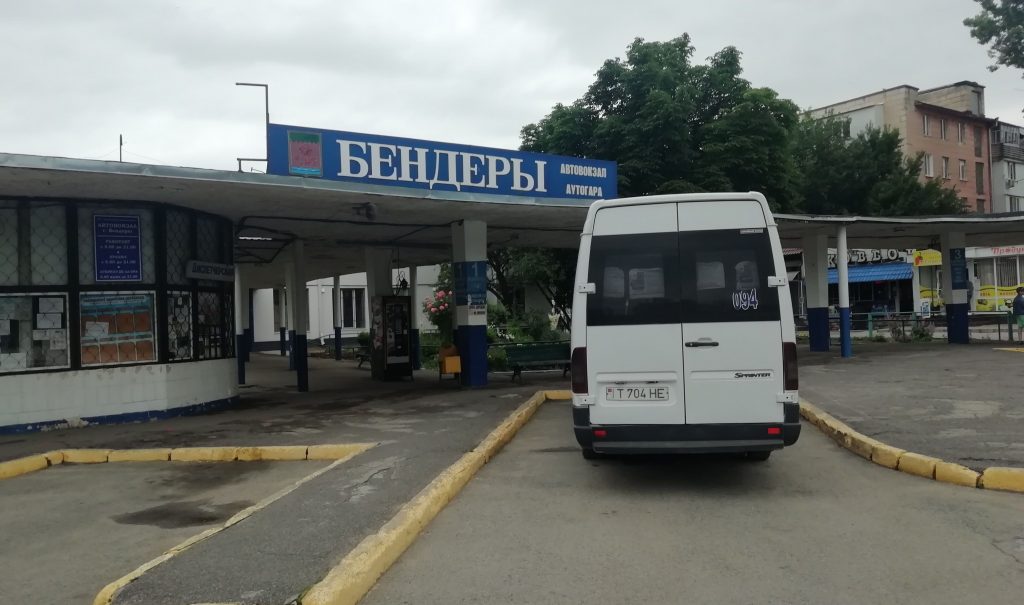
You may visit Bender before Tiraspol, because of its proximity to the Moldovan border. The opposite is also possible. I, however, opted to see Tiraspol first and visit Bender and Bendery Fortress, and subsequently end the tour in Tiraspol, just like I did.
Bendery Fortress
The fortress is undoubtably the primary spot to visit in Bender. The fortress, which is located right beside the Dniester River had a crucial strategic position back in the day. It was conquered by Suleiman the Magnificent in 1538 from the hands of Ștefan cel Mare and it officially protected the Ottoman land until Treaty of Bucharest in 1812. Suleiman I built the fortress on the site of small barracks, and the architecture is the great Ottoman architect Mimar Sinan. The Bender Fortress witnessed many battles during centuries, and once the Swedish king Charles XII ruled his country from here in absentia under Ottoman protection. Most of the walls remained intact but the bastions have been renovated, yet it’s still beautiful and mighty and you may believe that it’s still the stronghold of Dniester and Transnistria. Curiously, the official key of the fortress is kept at Ottoman custody and now being displayed at Topkapı Place in Istanbul.
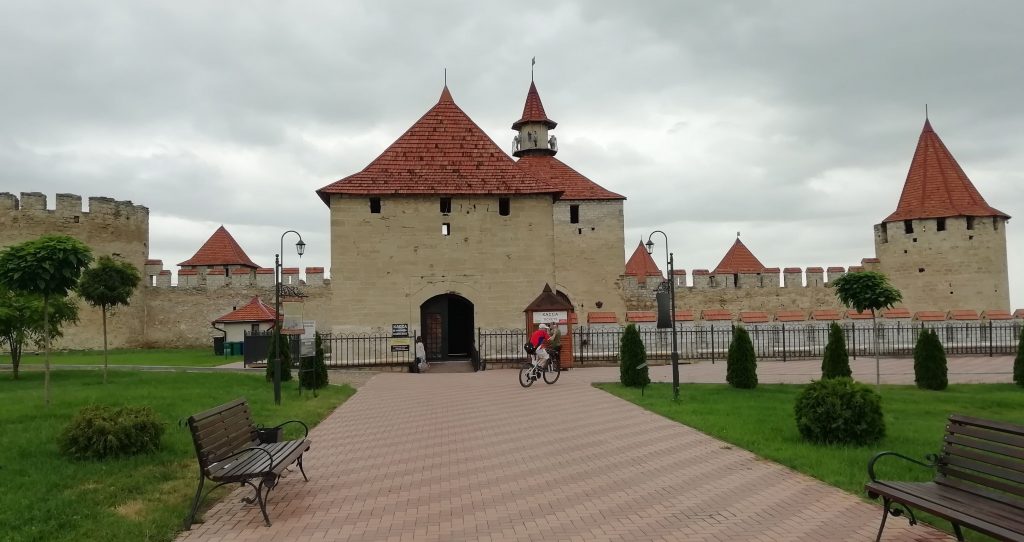
The entry fee is 50 Transnistria Rubles, after the entry, try not to miss the inscription written in Ottoman language. After passing the outer walls, you will walk through the inner walls, which border the actual fortress, you will see the busts of important Transnistria persona in between. You can take great photos of the rectangular backyard inside from the bastions as well as the Dniester River outside. There is small museum inside, where you can learn something about the history of the fortress and see the artifacts found in the fortress area. This is the place where you can see many coins and tombstones from Ottoman era. I also have to mention that this whole area is being used by many newlyweds for photoshoots. There are a small chariot (probably used for to photos of them), a catapult and cannonballs inside.
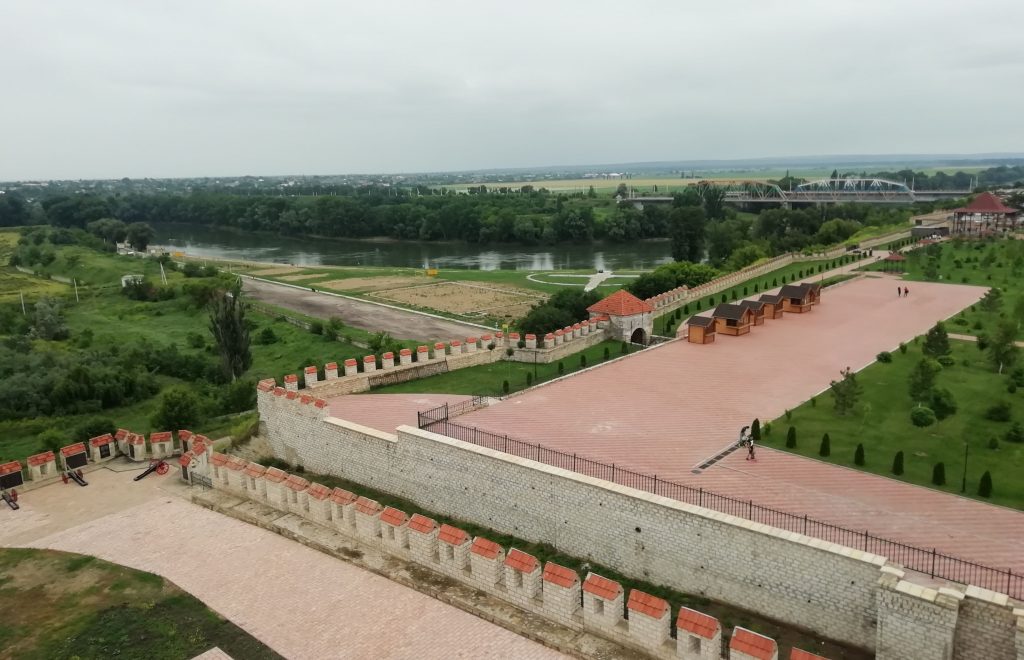
The complex surrounding the castle now includes a park, which was completed just several years ago. The park is named after Alexander Nevsky, there is a statue of him, as well as an Orthodox church (also named after Nevsky). There was a mosque at the location of the church once. While you walk to the fortress through the park, there are info plaques right and left, where you can learn about the history of the fortress and Bender. There is a small souvenir shop at the entry of the complex, don’t forget to buy Bender magnets there.
Tank of Bender and Unknown Soldier Monument
There is a tank monument in Bender just like Tiraspol, but it belongs to Pridnestrovie Independence War. Right behind the tank, you will similarly see an eternal flame and an memorial dedicated to the fallen along with a bust of Russian commander Alexander Lebed. Before going back to Tiraspol or visiting the fortress, you can take a quick peek at here.

Transportation between Tiraspol and Bender
These two main cities are separated by 8-10 kilometres, and the main transportation line between them is #19 trolley, which is going back and forth. Besides the trolley, there are small buses (marshrutka’s), you can take them from the small stops on the road by waving at them. They both charge the same price, 3 Transnistrian Rubles (€ 0.15).
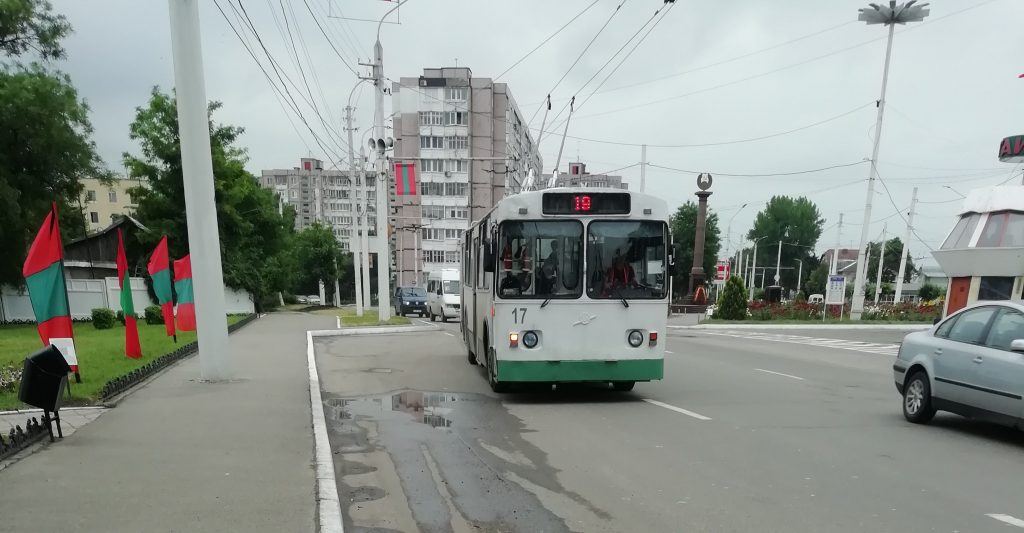
Other than these places, there are not much too see in Transnistria besides several small cities in the north along the river and some other towns in the south.
Return from Transnistria to Chisinau
There are bus and train stations both in Tiraspol and Bender, they offer transportation to both Odessa in Ukraine and Chisinau directions. Buses seemed to me a more convenient way to use, since I personally didn’t see a train moving. But the buses are in avtion between certain hours, so if you have a 12-hour permit like me, try to not stay too late. I bought my return ticket to Chisinau from the bus-train station (vokzal) that I initially landed in Tiraspol. I paid 50 Transnistrian rubles for the bus that departed at 6.30 PM. Actually I was expecting to pay slightly less, but I think that’s because I caught one of the latest buses of the day. Even if you had converted your all Transnistrian money to MDL or UAH or some other currency, do not forget to spare some for the bus ticket. The tickets are sold at the desks inside the station.

Just like my arrival journey, the bus was packed in my return journey. When we arrived the border, a Transnistrian soldier boarded the bus, collected my entry permit paper, checked the passports and IDs of the rest of the passengers and let us go. The Moldovan soldier at the other side took a peek inside and did nothing else. Approximately 2 hours later we arrived in Chisinau, that’s when I had just finished a very important trip on my personal traveling career and had a unique experience.
Regarding Transnistria as the last standing post of Soviet Socialism might be a little, say Romantic, in my point of view. There are stores of internationally renowned sports brands, luxurious and expensive restaurants, even sushi bars here. For example, I saw a kid around 8-9 years old, listening to a weirs rap music walking through by me. This led me to think that Transnistria is not a version of North Korea (don’t get me wrong, I have never seen there, maybe it’s a lot different than what we think about there, either). To sum up, this country is a place where Russians live and rule, but not much different than the Moldovan living in Chisinau (the only difference may be the Sheriff supermarkets and gas stations that you see everywhere). I’m sure the young people of this land dream of moving west, just like their Moldovan counterparts. I would never be surprised if they want to move away from the history of the country, the Russian identity and the heroic cults that are tried to be kept alive. Just like the kids of all the other underdeveloped countries, they seem to aspire to the shiny lifestyle that the Capitalist Western world seemingly offers, and I don’t blame them.

For most of us, Transnistria is a country that doesn’t exist, but the people do as I mentioned up above. Mostly they are of Russian descent and speak Russian and just like the Moldovans they just try to live and survive in this brutal world. The latest elections in Moldova are won by pro-EU parties, and that might start some new developments obviously, however they continue their lives as the citizens of a country that nobody officially recognizes. I sincerely hope that this situation would be solved without any wars and this solution would make them just happy. I just wish them happiness, as the all people in the world, and that’s all I can do.
And for the people who are reading this article, I suggest to visit Tiraspol and Bender, the cities beyond all kind of expections and pledges.


